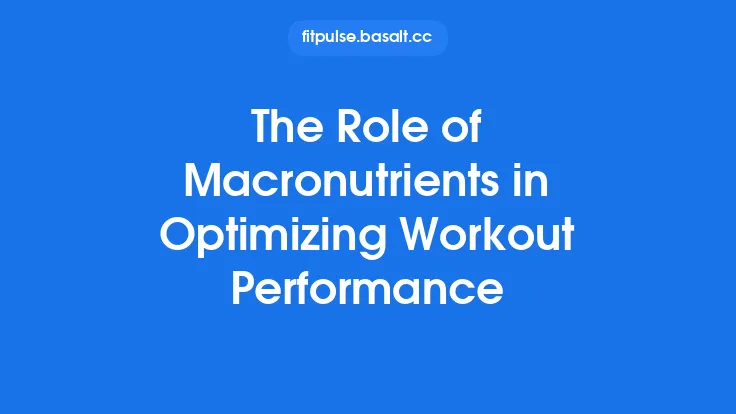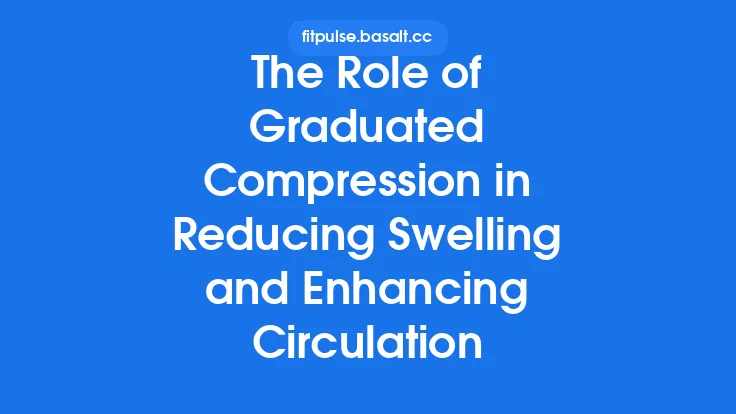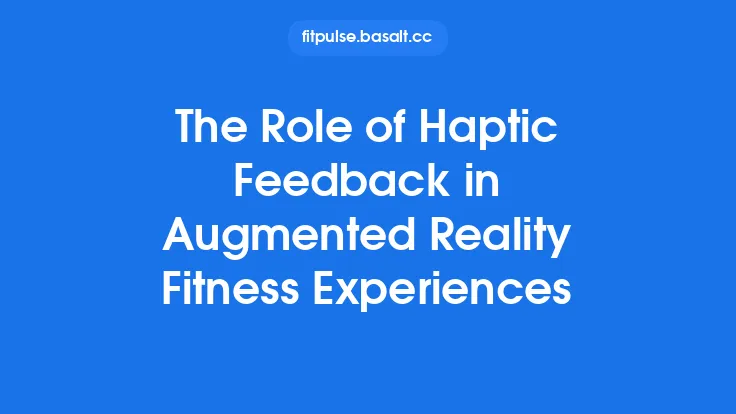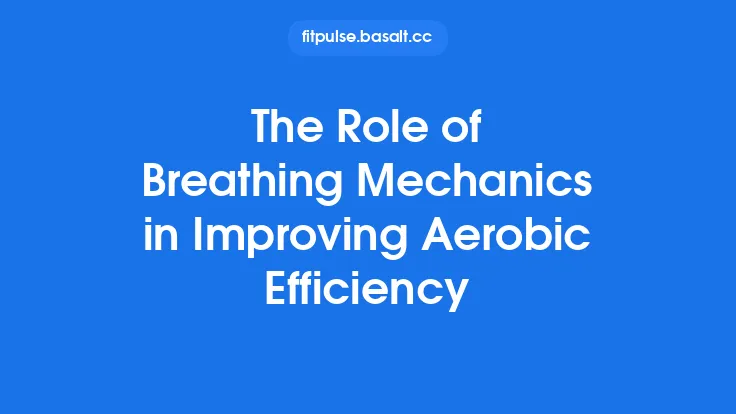Athletes constantly walk the fine line between pushing physical limits and preserving the body’s capacity to recover. While training plans, nutrition protocols, and sleep hygiene dominate most performance discussions, an often‑overlooked component can profoundly influence how quickly the body repairs itself and how efficiently the mind directs effort: meditation. By cultivating a disciplined mental habit, athletes can sharpen focus, modulate physiological stress responses, and create a mental environment that supports optimal training adaptations.
Understanding How Meditation Interacts With Athletic Physiology
Meditation is not a single technique but a family of practices that share a common goal: training the mind to observe thoughts, sensations, and emotions without immediate reaction. Two primary categories dominate the research landscape:
- Focused Attention (FA) Meditation – The practitioner repeatedly brings attention to a chosen anchor (e.g., a mantra, a visual point, or a bodily sensation) and gently redirects the mind whenever it wanders.
- Open Monitoring (OM) Meditation – Rather than anchoring on a single object, the practitioner maintains a non‑judgmental awareness of whatever arises in the present moment, allowing thoughts and sensations to flow without attachment.
Both styles engage neural circuits that regulate attention, emotional reactivity, and autonomic function. In athletes, these circuits intersect directly with performance‑related systems:
| System | Meditation‑Induced Change | Athletic Relevance |
|---|---|---|
| Prefrontal Cortex (executive control) | Increased activation and thickness, leading to better top‑down regulation of impulses | Improves decision‑making under fatigue, maintains technique consistency |
| Anterior Cingulate Cortex (error detection) | Heightened sensitivity to performance errors without emotional overload | Enables rapid technical adjustments during competition |
| Insular Cortex (interoception) | Enhanced body awareness, finer perception of internal cues | Allows athletes to detect early signs of over‑reaching or injury |
| Autonomic Nervous System (sympathetic vs. parasympathetic balance) | Shift toward parasympathetic dominance, reflected in lower resting heart rate and higher heart‑rate variability (HRV) | Faster recovery between intervals, reduced perceived exertion |
| Neuroendocrine Axis (stress hormones) | Modest reductions in circulating catecholamines and cortisol spikes after acute sessions | Diminishes catabolic impact of high‑intensity training |
These physiological shifts are not fleeting; regular meditation practice can embed them into the athlete’s baseline state, creating a more resilient platform for training and competition.
Evidence From Sports Science Research
A growing body of peer‑reviewed studies demonstrates concrete performance benefits:
- Endurance athletes who completed an 8‑week FA meditation program showed a 5‑7 % improvement in time‑to‑exhaustion tests, attributed to lower perceived effort and improved oxygen utilization.
- Team‑sport players practicing OM meditation for 12 weeks reported higher on‑field decision accuracy and a 10 % reduction in sprint‑time variability, suggesting steadier neuromuscular output under pressure.
- Strength‑focused athletes integrating brief meditation bouts before heavy lifts exhibited increased bar‑bell velocity and reduced intra‑set heart‑rate spikes, indicating better motor unit recruitment and calmer autonomic response.
These outcomes are consistent across gender, age, and sport type, underscoring meditation’s universal applicability.
Practical Integration Into an Athlete’s Routine
1. Timing and Frequency
| Phase | Recommended Session | Rationale |
|---|---|---|
| Morning (pre‑training) | 5–10 min FA meditation | Sets a calm baseline, primes attentional networks for the day’s workload |
| During Warm‑up | 2–3 min OM “body‑scan” | Heightens interoceptive awareness, allowing athletes to fine‑tune movement patterns before load |
| Post‑training / Recovery | 10–15 min guided relaxation | Facilitates parasympathetic rebound, accelerates metabolic waste clearance |
| Competition Day (pre‑event) | 5 min focused breathing or mantra | Provides a mental “reset” to curb pre‑event arousal without inducing drowsiness |
Consistency beats duration; a daily 10‑minute habit yields more robust adaptations than sporadic longer sessions.
2. Choosing the Right Technique
- For athletes who thrive on structure (e.g., swimmers, weightlifters), FA meditation using a simple mantra (“steady,” “strong”) aligns with the repetitive nature of their sport.
- For those in dynamic environments (e.g., soccer, basketball), OM meditation that trains the mind to stay present amid changing stimuli mirrors on‑field demands.
- Hybrid approaches—starting with FA to settle the mind, then transitioning to OM for broader awareness—can be especially effective for multi‑disciplinary athletes.
3. Tools and Resources
- Audio guides: Short, sport‑neutral recordings (2–5 min) that focus on the chosen anchor.
- Wearable HRV monitors: Provide immediate feedback on autonomic shifts, reinforcing the link between meditation and recovery.
- Mobile apps with customizable timers and silent‑mode options to avoid distractions during training blocks.
4. Overcoming Common Barriers
| Barrier | Solution |
|---|---|
| Perceived “time cost” | Embed meditation into existing rituals (e.g., after shower, before coffee). |
| Difficulty staying still | Begin with seated “micro‑meditations” of 30 seconds, gradually extending as comfort grows. |
| Skepticism about efficacy | Track objective metrics (HRV, sleep latency, performance times) alongside subjective ratings to visualize progress. |
Measuring the Impact: Objective and Subjective Markers
To validate that meditation is delivering performance dividends, athletes can adopt a simple monitoring framework:
- Physiological Metrics
- Resting HRV (daily morning measurement)
- Resting heart rate trends
- Sleep efficiency (via actigraphy or sleep‑tracking devices)
- Performance Indicators
- Time‑trial or sprint times recorded weekly
- Power output (e.g., wattage on a bike ergometer)
- Rating of perceived exertion (RPE) for standard training sets
- Psychological Check‑ins
- Brief mood questionnaires (e.g., 5‑item Likert scale)
- Focus concentration rating (self‑assessed on a 0–10 scale)
When these data points show a convergent trend—improved HRV, stable or reduced RPE, and better performance numbers—the athlete can attribute a portion of the gain to the meditation habit.
Long‑Term Considerations and Periodization
Just as training loads are periodized, meditation can be cycled to match the competitive calendar:
- Base Phase: Emphasize longer, exploratory OM sessions (15–20 min) to build deep interoceptive skills.
- Build Phase: Shift toward concise FA practices (5–8 min) that sharpen concentration for high‑intensity work.
- Peak/Competition Phase: Use ultra‑short “reset” meditations (1–3 min) before events to maintain calm without compromising arousal.
- Transition/Off‑Season: Allow for more reflective, open‑ended meditation, supporting mental rejuvenation and preventing burnout.
Addressing Misconceptions
- Meditation is not “just relaxation.” While relaxation is a by‑product, the core skill is attentional control, which directly translates to better motor execution.
- It does not replace physical conditioning. Meditation augments, rather than substitutes, physiological training.
- No special equipment is required. A quiet space and a consistent cue (sound, visual point, or bodily sensation) are sufficient.
- Results are not instantaneous. Like any adaptation, neural and autonomic changes accrue over weeks of consistent practice.
Summary of Key Takeaways
- Meditation trains attention, emotional regulation, and autonomic balance—core components that influence how efficiently an athlete can train and recover.
- Both focused‑attention and open‑monitoring styles have distinct but complementary benefits for different sport demands.
- Empirical research across endurance, strength, and team sports confirms measurable performance improvements linked to regular meditation.
- Integration is most effective when meditation is woven into existing training rituals, timed to support pre‑performance focus, intra‑session awareness, and post‑session recovery.
- Objective monitoring (HRV, performance metrics) combined with subjective self‑reports helps athletes quantify the return on their meditation investment.
- Periodizing meditation alongside physical training maximizes its impact throughout the season, while dispelling myths ensures athletes approach the practice with realistic expectations.
By embracing meditation as a deliberate, evidence‑backed element of their recovery toolkit, athletes can unlock a mental edge that not only enhances performance on the day of competition but also safeguards long‑term health and resilience. The practice offers a low‑cost, low‑risk avenue to fine‑tune the mind‑body connection—an essential foundation for any high‑performing athlete.





